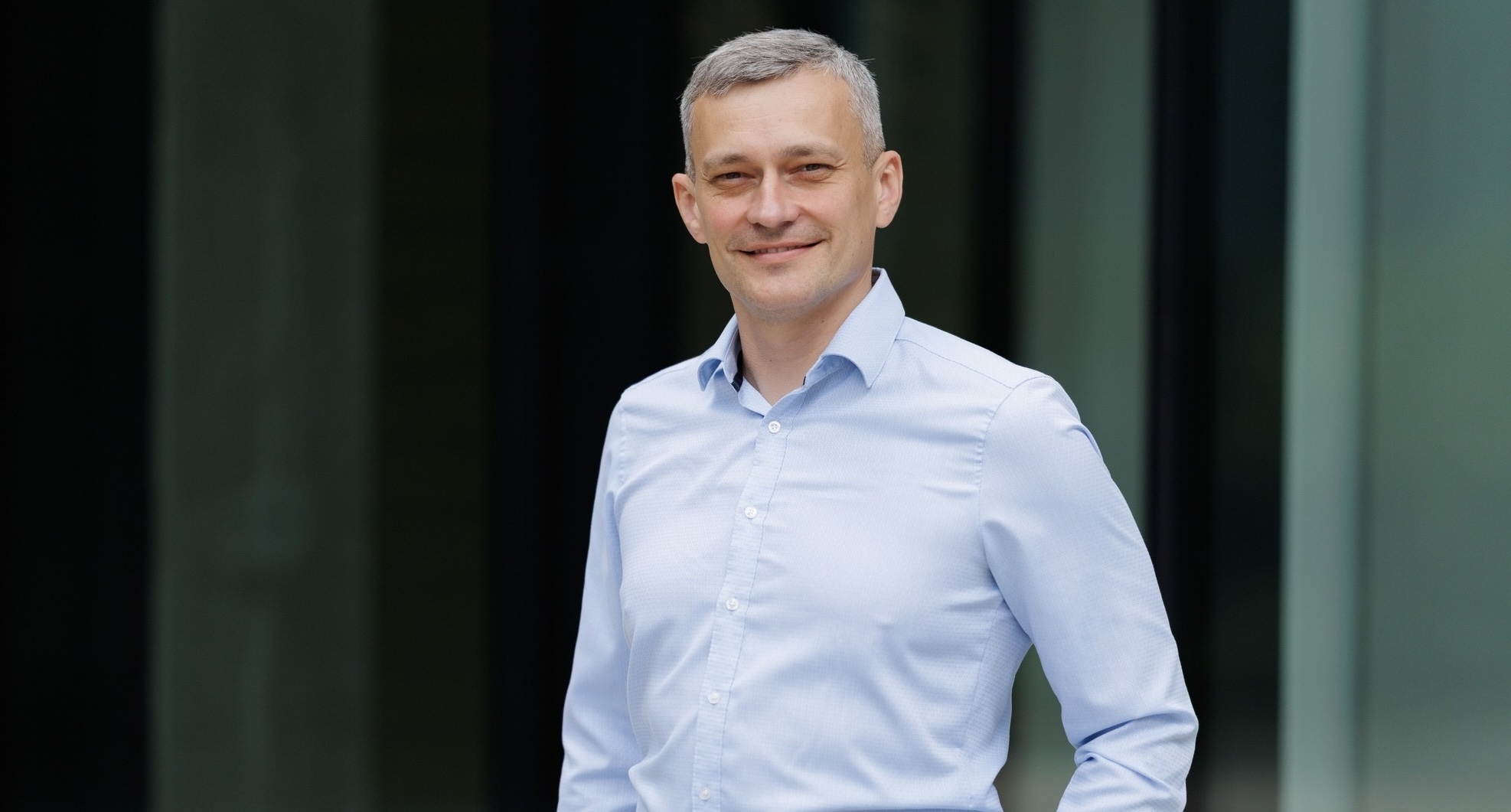
2025-11-13
There has been a lot of talk in recent years about energy storage, balancing markets and connecting renewables to the grid. At first glance, everything seems simple, but with the start of real work, many nuances are encountered.
Over the course of several years, we have integrated both low and high power plants — solar, wind and storage projects — and worked with a variety of control systems. This experience has clearly shown what challenges have to be faced and what is worth anticipating even before starting work.
One of the bigger challenges is to combine several power plants into a single balancing “basket”. At first glance, it looks like a simple technical job. However, when you start connecting six different power plants, the nuances become clear: one system allows control, the other does not. In one place the measuring device is missing, in the other - the data.
Everything that seemed simple in the plans, in reality required twice as much time. For example, one project in the place of the planned two months lasted four. In addition, the process is strongly influenced by weather conditions: if there is too little sun or wind, the system cannot be qualified, so the tests are postponed.
This year we have noticed that there is still a lack of experience for both operators and project developers. Processes that previously took several days now take up to 40 working days.
For example, checking mathematical models - we used to get an answer in two weeks, now we have to wait two months. The reason is simple: the huge amount of projects and the new requirements that arise already in progress. Therefore, if earlier we planned to launch the power plant in a couple of months, now you need to count at least four or five.
Another lesson is not to rely solely on functions written on paper. Manufacturers often offer new controllers or inverters with additional functions that, in theory, should manage accumulators more efficiently. However, in practice, it often turns out that additional functions have not yet been fully worked out - additional programming and testing is required, which can take up to half a year. Therefore, it is always worth checking whether the function is needed and whether it really works, and not just in the manufacturer's description.
Another problem we encountered is the imbalance of the accumulator cells, where the individual cells of the accumulator charge and discharge unequally. At first, everything works smoothly, but after a month there are voltage differences that reduce the total capacity. The system indicates that the accumulator is charging, but when it reaches about 70% charge, the reading suddenly jumps to 100%. The same thing happens when discharging.
Therefore, it is necessary to have a cell balancing function, a system that smooths out the voltage differences between individual cells and ensures their uniform operation. This can be done automatically or with regular simple maintenance. If balancing does not occur, the accumulator gradually loses some of the capacity, and the charge it displays is no longer accurate.
Temperature is another important factor. In one project, the accumulator was stored in an unheated warehouse where winter temperatures reached about 10 °C. The system tried to load the accumulator, but the process stopped. It turned out that the need for heating is as important as for refrigeration.
In another project, the opposite situation occurred. The container with accumulators was heated constantly, even when it was not needed. As a result, the customer consumed as much electricity on weekends as he earned during the week. Therefore, it is extremely important that the heating and cooling systems are controlled and not operated without interruption.
Another lesson is cybersecurity requirements. As of May this year, they are valid for all new solar, wind and battery storage projects connected to the grid. For a long time, few paid attention to it - it seemed that it was just a formality that could be sorted out later. However, in September, ESO began requiring cybersecurity reports to be submitted proving that all systems meet established security standards.
Then it turned out that without these reports, the power plants simply would not be operational. Therefore, when planning new projects, it is necessary to include cybersecurity solutions in advance in the estimate.
These experiences have shown that the integration of energy storage and renewable sources is not only a technological process, but also continuous learning, in which flexibility, cooperation and the ability to adapt to changing requirements are at the core. Each project becomes not only a challenge, but also a step towards a more mature and efficient energy system.
Doctor Šarūnas Stanaitis, Head of Inion Software